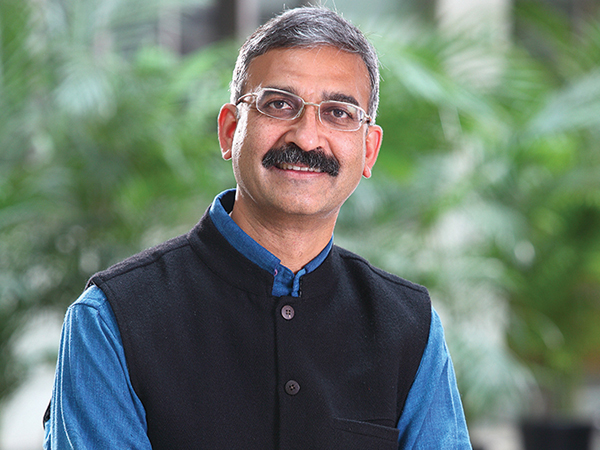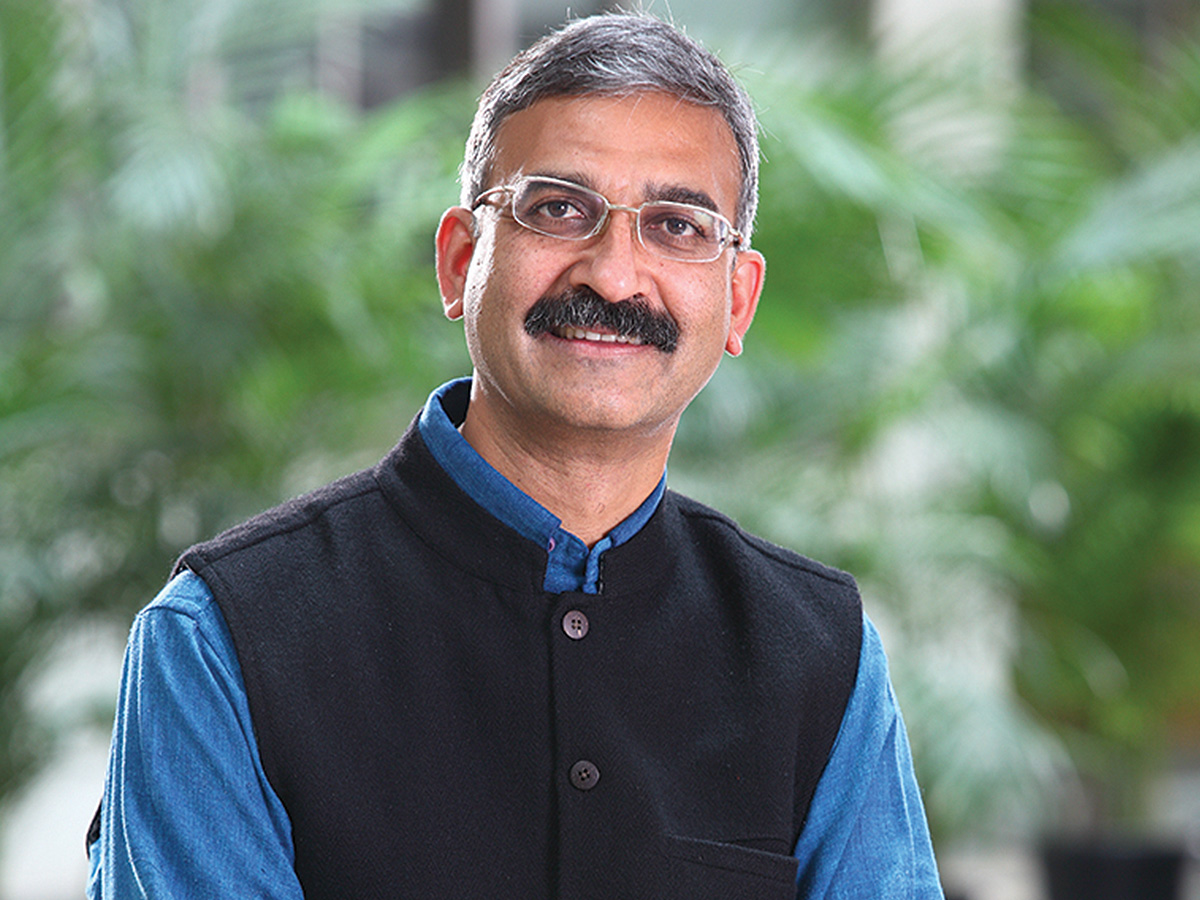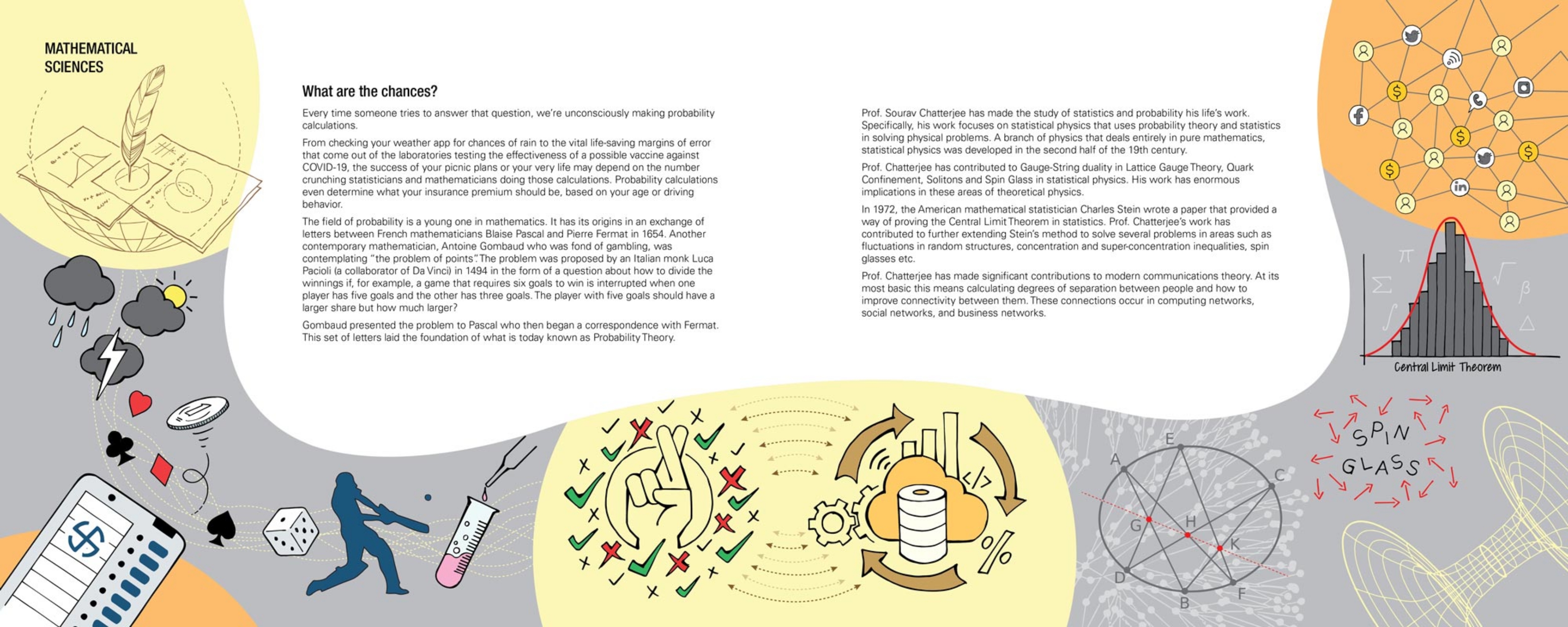The Infosys Prize for Life Sciences is awarded to Professor Satyajit Mayor whose work provides new insights into regulated cell surface organization and membrane dynamics, necessary for understanding self-organization and trafficking of membrane molecules in living cells, and in signaling between cells.
Infographic:
EXPLORING THE SECRETS OF LIVING CELLS
Scope and Impact of Work
Cells sense their extracellular environment via a wide range of membrane receptors, and continuously communicate this vital information internally. Many of these membrane receptors are located in the outer membrane of the living cell, and require special localized lipid and protein environment to function. Current models of the cell membrane suggest that it is organized as a ‘fluid’ bilayer, made up of hundreds of lipid and protein species. It is hard to understand how such a fluid environment is able to provide a means to control the local composition of lipids and proteins.
Prof. Mayor has proposed a mechanism that could both generate specialized domains and at once provide local control on membrane protein and lipid composition. He envisages short filaments of actin coupling to molecules at the cytoplasmic aspect of the cell surface. In this mechanism, short actin filaments undergo energy (ATP)-dependent movement mediated by their intrinsic treadmilling capacity and ability to associate with motors. This energy-fueled movement causes actin filaments to naturally assemble into (and break up) aster-like patterns. If membrane molecules couple to this type of dynamic actin, they would be driven into nanoscale clusters, which in turn, reflect the formation and break-up of these aster-like patterns.
Bio
Satyajit Mayor is Senior Professor of Cellular Organization and Signalling Group at the National Centre for Biological Sciences (NCBS), Bangalore. He obtained his Master’s degree in Chemistry from the Indian Institute of Technology, Mumbai and his Ph.D. in Life Sciences from the Rockefeller University, New York.
He has worked in the Department of Pathology at Columbia University, New York and the Woods Hole Microscopy Course, Massachusetts. He was a post-doctoral Fellow at Columbia University (1991-95).
He is on the editorial boards of several international journals including Cell, Biochimica et Biophysica Acta, Traffic and Molecular Biology of the Cell, etc.
He has received several awards and accolades including the Swarnajayanti Fellowship by the Department of Science and Technology (DST) (2003-08), the Wellcome Trust International Senior Research Fellow (1999-2004) and the Helen Hays Whitney Post-Doctoral Fellowship (1992-95). He is a Fellow of the Indian Academy of Sciences (2001). He was awarded the J.C. Bose Fellowship by the DST (2006-2011), the TWAS (The World Academy of Sciences, Trieste) prize for Biology (2010), and the Shanti Swarup Bhatnagar Prize (2003).
Timeline
Jury Citation
Mayor’s earliest independent contributions were to define the nanoscale organization of GPI-linked proteins using fluorescence anisotropy, showing that these proteins exist in small (tens of nanometers) clusters, fundamentally clarifying the way in which membrane ‘rafts’ are now understood. He then went on to show that these microdomains are organized by actin and are endocytosed by a novel pathway that is clathrin- and dynamin-independent and regulated by cdc42 – this newly-discovered pathway is also responsible for a significant fraction of the micropinocytosis (fluid-phase uptake) by cells. He followed up on this discovery with a broad-scale analysis of the mechanisms of several different pathways of endocytosis of different classes of membrane proteins. This work has implications for endocytosis of immune regulators and modulation of immune responses (by HIV and other pathogens).
He developed and applied fluorescence microscopic methods to another important problem, the analysis of gradients of morphogens important in pattern regulation in development and in cancer, such as Hedgehog and Wnt signaling, providing fundamental insights into the detailed mechanisms involved, and opening possible routes to intervention in such diseases.

Prof. Satyajit Mayor reacts to winning the Infosys Prize
"We have over thirty thousand proteins in the cell and what Dr. Mayor's work has done is to begin to show us the hint how such proteins can traffic from outside of the cell to the inside of the cell, to various places where they belong in the cell. This is a very important and interesting piece of work for which he is very richly deserving of the Infosys Life Sciences Prize”



